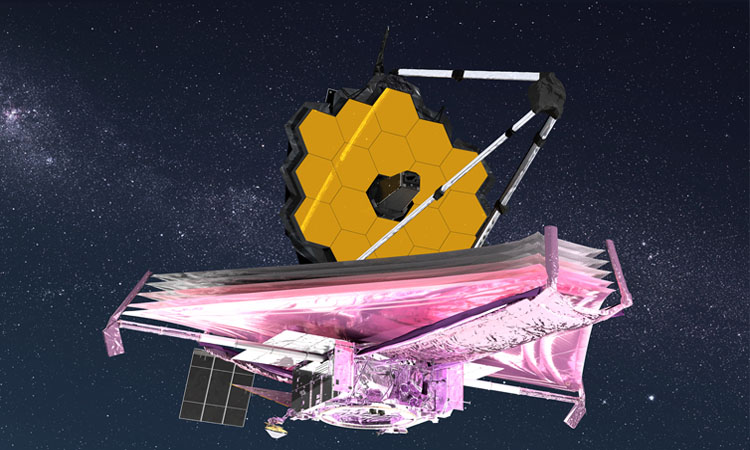Conversations
On the Threshold of Discovery
OPN talked with Optica Honorary Member and Nobel laureate John Mather about the Webb Space Telescope’s deployment—and what an extended mission timeline might enable.
 An artist’s view of the fully deployed Webb Space Telescope. [NASA GSFC/CIL/A.M. Gutierrez]
An artist’s view of the fully deployed Webb Space Telescope. [NASA GSFC/CIL/A.M. Gutierrez]
In December 2021 and January 2022, the James Webb Space Telescope, after a flawless launch, neatly unfolded itself in space and journeyed safely to its final orbit around the second Lagrange point (L2), 1.5 million km from Earth. The journey capped decades of work on the observatory—the largest, most complex telescope ever put into space. It also marked the start of five months of calibration and alignment of the craft’s 6.5-m segmented primary mirror and sensitive near- and mid-infrared optical instruments before the first images are captured in June 2022.
…Log in or become a member to view the full text of this article.
This article may be available for purchase via the search at Optica Publishing Group.
Optica Members get the full text of Optics & Photonics News, plus a variety of other member benefits.
